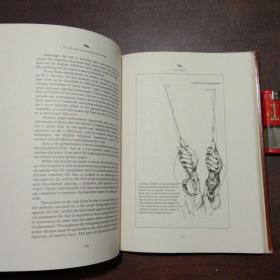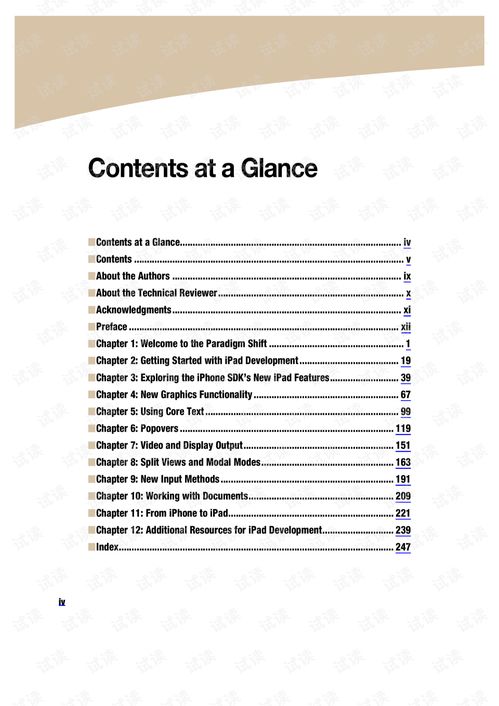Introduction

Fishing is an ancient pastime that has been cherished by millions around the world. Whether you're a seasoned angler or a beginner looking to cast your line into the water, understanding the proper use of your fishing rod and mastering the art of casting is crucial. In this comprehensive guide, we will delve into the intricacies of using your fishing rod effectively, from selecting the right rod to mastering the perfect cast. So, let's get started on your journey to becoming a fishing pro!
Understanding Your Fishing Rod
Before we dive into the casting techniques, it's essential to understand the different components of your fishing rod. Here's a breakdown of the key elements:
- Handle: The handle provides a comfortable grip and is typically made of cork, foam, or wood.
- Guides: These are the small rings that run along the rod's length and help guide the line through the rod.
- Reel Seat: This is where the reel is attached to the rod.
- Tip: The tip of the rod is the most sensitive part and is used to detect subtle movements of the fish.
- Butt: The butt of the rod is the thickest part and provides leverage for casting and fighting fish.
Choosing the Right Fishing Rod
The first step in mastering your fishing rod is to choose the right one for your needs. Here are some factors to consider:
- Length: The length of your rod should be appropriate for the type of fishing you plan to do. Longer rods are better for casting over long distances, while shorter rods are more versatile for close-range fishing.
- Action: The action of a rod refers to how it bends when pressure is applied. Fast-action rods are more sensitive and ideal for catching lighter fish, while slow-action rods are more forgiving and better for larger fish.
- Power: The power of a rod refers to its strength and is usually categorized as light, medium, or heavy. Choose a rod with the appropriate power for the fish you're targeting.
- Material: The material of the rod can affect its weight, durability, and flexibility. Common materials include graphite, fiberglass, and composite.
Casting Techniques
Now that you have the right rod, it's time to learn how to cast it effectively. Here are some essential casting techniques:
- Open the Reel: Before casting, make sure the reel is open and the line is free to flow.
- Position the Rod: Hold the rod with a comfortable grip, with your thumb resting on the reel seat. Point the rod tip towards your target.
- Load the Rod: Begin by lifting the rod tip slightly and then quickly sweeping it back over your head. This action loads the rod with energy.
- Casting Motion: As you sweep the rod back, begin to lower the tip towards the water. As the rod reaches the highest point of your casting arc, pause for a moment to build tension.
- Release the Line: As you begin to lower the rod tip, release the line from the reel. The tension in the rod will propel the line forward, casting it towards your target.
- Adjust for Distance: To cast further, increase the length of your casting arc. To cast shorter distances, keep the arc shorter.
Advanced Casting Techniques
Once you've mastered the basic casting techniques, you can explore more advanced methods to improve your fishing experience:
- Overhead Cast: This is the most common casting technique and is suitable for most fishing situations.
- Sidearm Cast: This technique is useful for casting over obstacles or into tight spaces.
- Roll Cast: This is a great technique for casting into windy conditions or when you need to present the bait gently.
- Toss Cast: This is a quick and effective cast for presenting lures or bait in tight spots.
Conclusion
Mastering the art of using your fishing rod and casting techniques is a journey that will enhance your fishing experience. By understanding the components of your rod, choosing the right equipment, and practicing various casting techniques, you'll be well on your way to becoming a skilled angler. So, grab your rod, head to your favorite fishing spot, and start casting with confidence! Happy fishing!












